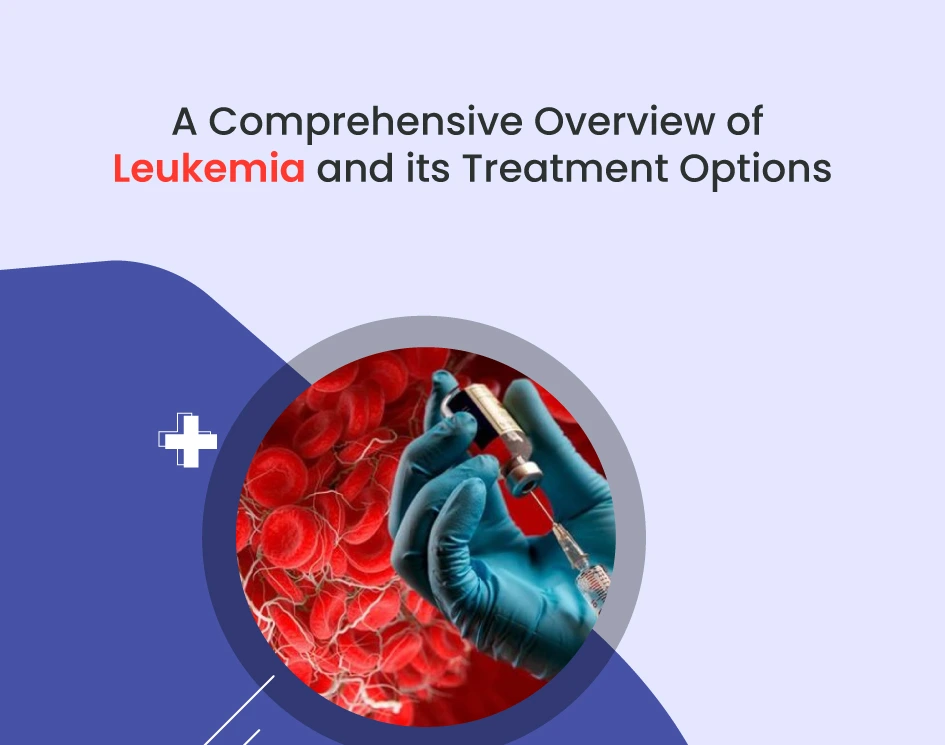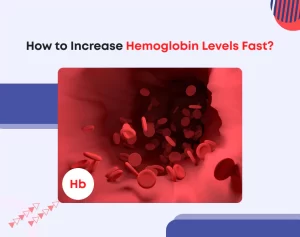
A Comprehensive Overview of Leukemia and its Treatment Options
Leukemia or lymphoma are illnesses impacting blood and bone marrow cells. While they might appear distant from our everyday existence, data suggests the opposite. Across the globe, thousands of leukemia cases are identified annually. Ranked fourth among potentially deadly diseases, lymphoma poses significant challenges for patients, families, and medical caregivers.
But what is leukemia in terms of science, and why is it so dangerous? Understanding this can help future patients and their loved ones in the fight against this serious disease.
What is Leukemia?
Leukemia, which is also called blood leukemia or blood cancer, includes many types of dangerous blood illnesses. At first, it starts in the bone marrow, where blood cells like leukocytes, erythrocytes, and platelets are made. Due to the continuous, unregulated growth of cancer cells and their interference with normal cell development, harmful tumors develop.
Causes and symptoms of leukemia
The causes of leukemia are still not exactly established. It is likely that the disease occurs in connection with smoking, exposure to radiation, prolonged contact with a number of chemicals, chemotherapy, Down’s syndrome, or heredity.
The degree of manifestation of symptoms of blood cancer depends on whether it proceeds in an acute or chronic form. General symptoms of the disease:
- Swollen lymph nodes.
- Decreased immunity, extreme susceptibility to various infections.
- Confusion, impaired coordination of movements.
- Heat.
- Pain in the joints.
- Blood clotting disorder.
- Heaviness in the side due to enlargement of the liver or spleen.
Classification of Leukemia
All leukemias are divided into acute and chronic. However, one must understand that acute leukemia will never become chronic, and chronic cannot worsen – this is the difference from other diseases. This terminology is used for medical convenience only.
Depending on which blood cells are affected, leukemia is lymphoblastic, myeloblastic, monoblastic, myelo monoblastic, and other types. Chronic leukemias, which mainly occur in adults, are more widely represented.
Leukemia occurs in three stages:
- At first, primary symptoms of a general plan appear, which are characteristic of almost any disease. It is called monoclonal, proceeds for a long time, and is relatively benign.
- In the second stage, the symptoms of leukemia are very pronounced and fully correspond to the hematological manifestations of hemoblastosis. The formation of secondary clones of the tumor begins, and it is often called a blast crisis.
- The third stage is terminal; here, the formation of new blood cells almost completely stops. It occurs in the absence of proper diagnosis and treatment in the first two stages.
Diagnosis of leukemia
Laboratory tests are used for diagnosis. They help to identify the disease at any stage of its development:
- A general blood test with a clear definition of leukocytes by their varieties. This will be the best solution for the primary diagnosis of the disease.
- Blood biochemistry helps to identify disorders that may occur in the kidneys or liver.
- A bone marrow biopsy helps to find out how severe the lesion is, to make an accurate diagnosis, and determine the tactics for treating the patient.
- The histology of bone marrow tissues allows you to determine the number of malignant cells and their nature.
- Molecular genetic analysis is done when the diagnosis is in doubt.
- Ultrasound of the abdominal organs helps to understand how affected the internal organs are.
- Chest X-ray helps to identify enlarged lymph nodes and other pathological processes occurring in the lungs.
The hematologist is engaged in identification and therapy; however, a pediatrician can suspect a disease in children and a therapist in adults.
The most innovative treatment options and therapies against leukemia
In recent years, the outlook for the disease has gotten better. This happened for two main reasons: First, due to understanding the factors behind these illnesses more, especially the genetic changes linked to the severe types that allow to do transplants sooner, when the patient is stronger, has fewer treatments, and gets better results. Second, treatments have kept getting better tailored to each patient’s disease traits.
Hematopoietic stem cell transplantation- Hematopoietic stem cell transplant is a medical choice used to replace diseased cells harmed by strong chemotherapy or radiation with fit ones from a matching donor. The donor might be a relative or a stranger with matching cells. This method can fully heal leukemia, particularly in young patients, and for resistant cases. That’s why joining the marrow donor list is vital – a simple act to collect blood or saliva for genetic typing to save a life, even in the future.
Chemotherapy and immunotherapy with CAR-T cells- Apart from transplants, other treatments today include using chemotherapy alongside methods to boost the immune system’s ability to fight leukemia cells. Examples include alpha-interferon, which slows cancer cell growth, and monoclonal antibodies that aid the immune system in targeting and eliminating leukemia cells.
A recent innovative approach is CAR-T cell immunotherapy. This option suits certain leukemias unresponsive to standard treatments. CAR-T cells are the patient’s modified T lymphocytes, engineered with CAR molecules. Once infused back, these CAR-T cells can precisely identify and efficiently destroy cancer cells.
Remember that treatment of leukemia requires a holistic approach and depends on the stage of the disease, the type of leukemia, the age of the patient, and other factors. There are various methods, such as chemotherapy, radiation therapy, and bone marrow transplantation. In addition, treatment of the symptoms of the disease can also be prescribed. No one method is a one-size-fits-all solution to all problems associated with leukemia. And here, the individual approach of the attending physicians is very important. It is impossible to quickly draw conclusions about a particular method of treatment in a particular patient because. Each organism is individual and can manifest itself in different ways on the same treatment. The patient must trust their doctors and try to follow the recommendations in order to achieve the best result.






